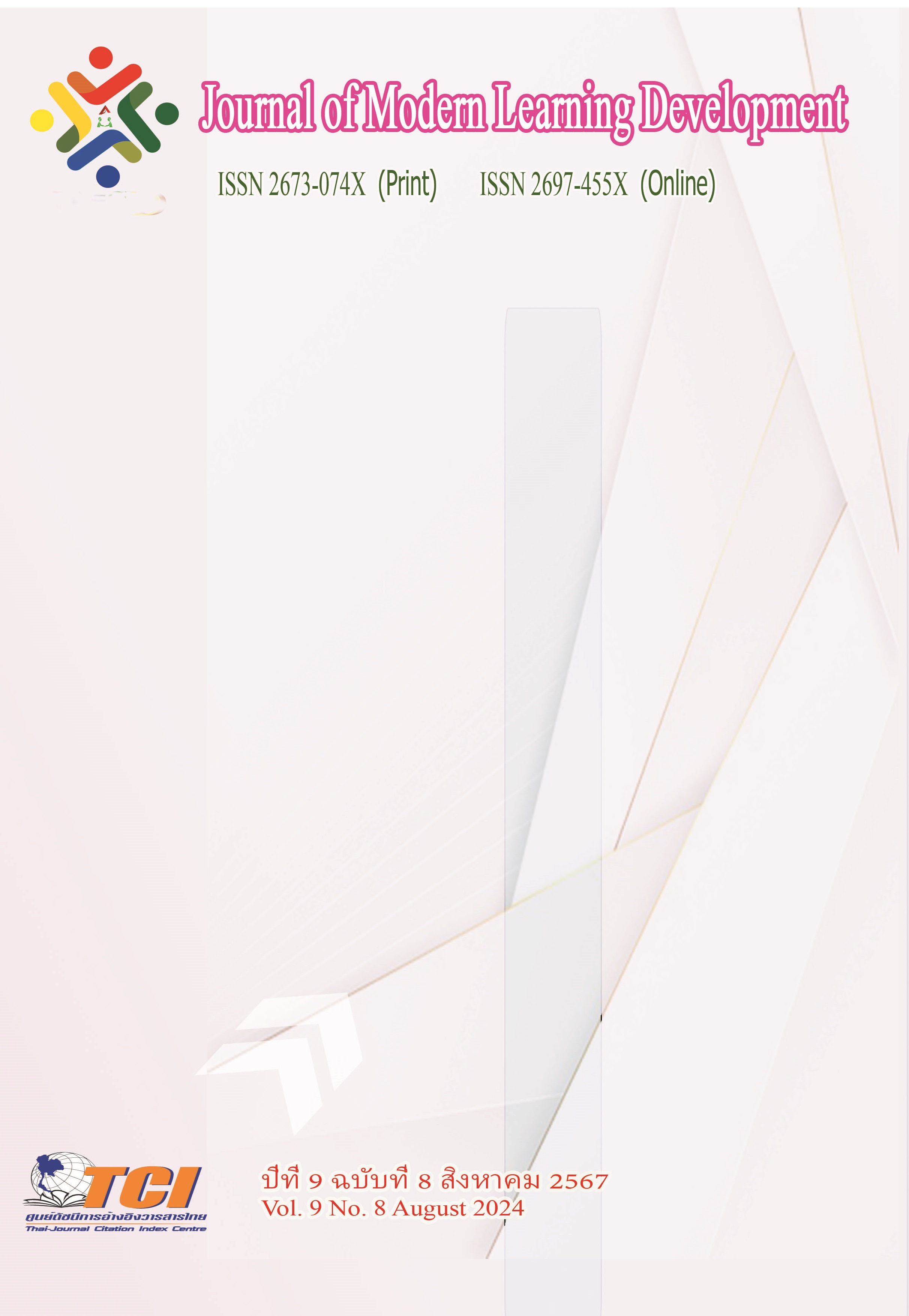Strategic Management of Chinese Digital Art Institutions:Beijing
Main Article Content
Abstract
This study explores the strategic management of digital art institutions in Beijing, China, to understand how these organizations are addressing the challenges of the digital age and promoting the development of the cultural and creative industries. Specifically, the research focuses on how Chinese digital art institutions formulate and implement strategic management to enhance their sustainability and competitiveness. The study employs in-depth interviews and literature analysis methods to conduct extensive surveys of digital art institutions in the Beijing area.Through interviews with institution leaders, artists, and relevant stakeholders, important information regarding strategy formulation, execution, and evaluation is gathered. Additionally, literature analysis is used to understand international and domestic trends in digital art, providing background information for the research. The study findings reveal that Beijing's digital art institutions employ various strategies to address challenges.These strategies include collaborations with technology companies to drive technological innovation and digital creation, partnerships with cultural institutions and universities to promote artist training and interdisciplinary research, and active engagement with the international digital art community to enhance global influence. Furthermore, digital art institutions emphasize education and community engagement to increase public awareness and understanding of digital art.This research provides empirical insights into the strategic management of Chinese digital art institutions, emphasizing the importance of collaboration, technological innovation, and community engagement. These findings offer valuable guidance for leaders of digital art institutions, policymakers, and researchers to promote the sustainable development of digital art in China while serving as a reference for cultural and creative industries in other countries and regions.
Article Details
References
Huang Jian. (2005). Challenges of Digital Art to Culture. "Art Life," Issue 2, 2005.
Zhou Zhengbing. (2012). Management Experience of Non-Profit Arts Organizations in the UK and Its Implications - Taking Regularly Funded Institutions as an Example. "Drama: Journal of Central Academy of Drama," Issue 3, 2012.
Han Yu. (2019). On How to Improve the Digital Management of Museum Collections. "China Management Informatization," 2019 (15).
Song Aizhen. (2018). Research on the Digital Management of Museum Collections. "Cultural Studies Journal," 2018(12).
Wei Furong. (2018). Research on the Digital Management of Museum Collections. "New West," 2018(12).
Dai Yanxiu. (2018). Digital Management of Museum Collections. "Cultural Relics Identification and Appreciation," 2018(02).
Cai Chen. (2011). Reflection and Practice on Digital Management of University Museum Collections. "Talent," 2011(28).
Wang Zhixin. (2021). Exploration of the Management and Protection of Grassroots Museum Collections in the New Period. "Cultural Relics Identification and Appreciation," 2021(02).
Han Aili. (2018). Discussion on Museum Collection Management. "Journal of Northwest University for Nationalities (Philosophy and Social Sciences Edition)," 2018(03).
Guan Bo. (2013). Discussion on Improving Museum Collection Management. "Heilongjiang History Journal," 2013(13).
Yong Lingling. (2004). Rethinking Museum Collection Management in the New Era. "Huaxia Xinghuo," 2004(12).
Liu Ruonan. (2010). Digital Management of Museum Collections. "China Science and Education Innovation Guide," 2010(34).
Du Juanjuan. (2019). Research on Countermeasures for Museum Collection Management and Protection in the New Era. "Comparative Research on Cultural Innovation," 2019(27).
Yang Wei. (2018). Analysis of Museum Collection Management and Protection. "Think Tank Era," 2018(51).


